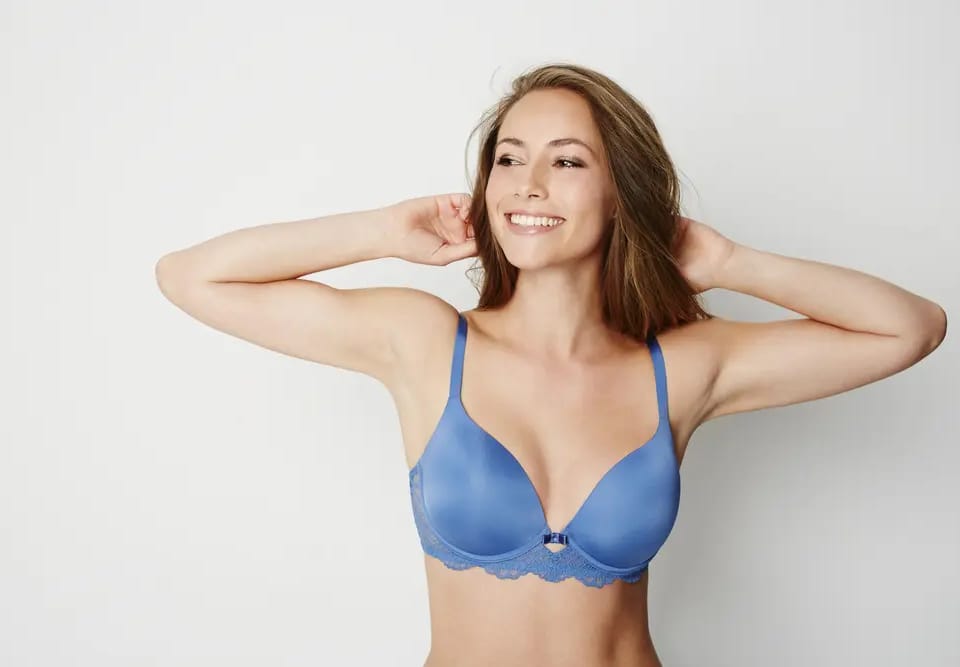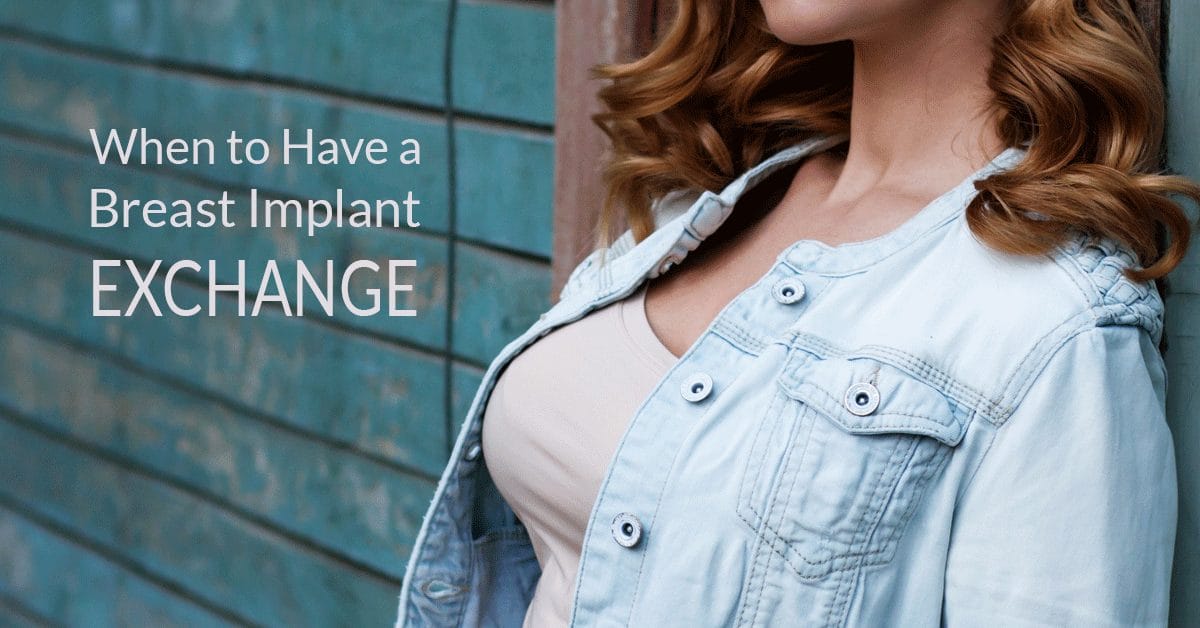Breast Implant vs Fat Transfer For Breast Augmentation
As most of you know from my blogs and if you have ever met me, I am a huge fan of “natural”, and of the importance of diet and exercise. I am definitely not a fan of too much medication.
Far too many people are on medication. Often, they don’t need it, or they could get off it with proper diet and exercise. Also far too many people, especially older patients, have started on medication and then are never re-evaluated. Everyone is afraid or cannot be bothered to evaluate if this person still needs this medication.
Breast Implant vs Fat Transfer
What does all of this have to do with fat transfer for breast augmentation? I am trying to express that I am not a huge fan of things that are not natural. However, in the case of a breast augmentation, both saline and smooth silicone implants (I rarely have used textured implants) have a fantastic safety profile.
As you perhaps recall, due to a bunch of immoral lawyers, silicone implants were taken off of the market in the USA and Canada from 1992-2006. During this 14 year time period, several major well-done studies examined whether silicone implants cause breast cancer or were associated with auto-immune diseases. All these studies failed to show any link between silicone breast implants and breast cancer, or autoimmune diseases.
I don’t believe there are any well done studies which demonstrate harmful effects from smooth breast implants. I know there are sites were women say that they feel better after taking out their implants. However, there is no medical evidence for this. I know in the few patients where I have taken their implants out because they felt the implants were affecting their health, there was no change in their symptoms. This all means that both saline and silicone implants appear extremely safe. There are literally millions of women, who for more than 40 years have had breast implants. They are fully predictable. This means that if you want a 350 cc (cc is the same as ml, as used in your kitchen measuring cup for recipes) size implants, this is exactly what you will get – no more and no less.
Risks of Fat Transfer Breast Augmentation
So what is the problem with fat transfer for breast augmentation? Fat is a living tissue. This means that it needs a blood supply to stay alive. When we take fat from one part of the body and then inject this fat, in another part of the body, it needs to get a blood supply, quickly before it dies. What happens if the transferred fat does not get enough fat to live? In the best case scenario, it will just resorb. However, occasionally it will calcify and sometimes it will lead to oil cysts which need to be drained. Sometimes these oil cysts can get infected, which can be a significant problem.
Another thing to consider is that the location where you place the transferred fat. A breast is a fair environment, not great. The best place to transfer fat is into a robust blood supply, such as muscle. Dense breast tissue and also fat, does not have a rich blood supply. It is not terrible but it is not ideal.
This means, when fat is transferred to the breast, certainly not all of it will survive. I would expect about 60% to survive but no one knows for sure. It is very possible too, that each breast may retain a different amount of fat, leading to some difference in size between the two breasts. This also means that generally fat transfer to the breast, works best for small amounts – maybe 100-150 cc. One can of course, repeated this every few months.
I think for almost all women, it is quicker, easier and much more predictable to just go ahead and get breast implants, placed under the muscle. The patient satisfaction rate is very very high and complications are quite uncommon. The actual surgery only takes me about 45 minutes (you are in the operating room longer because we have to put you asleep and wake you up etc) and you can return to your job on the 5th day.
Contact us for a consultation!
Contact us for a consultation







